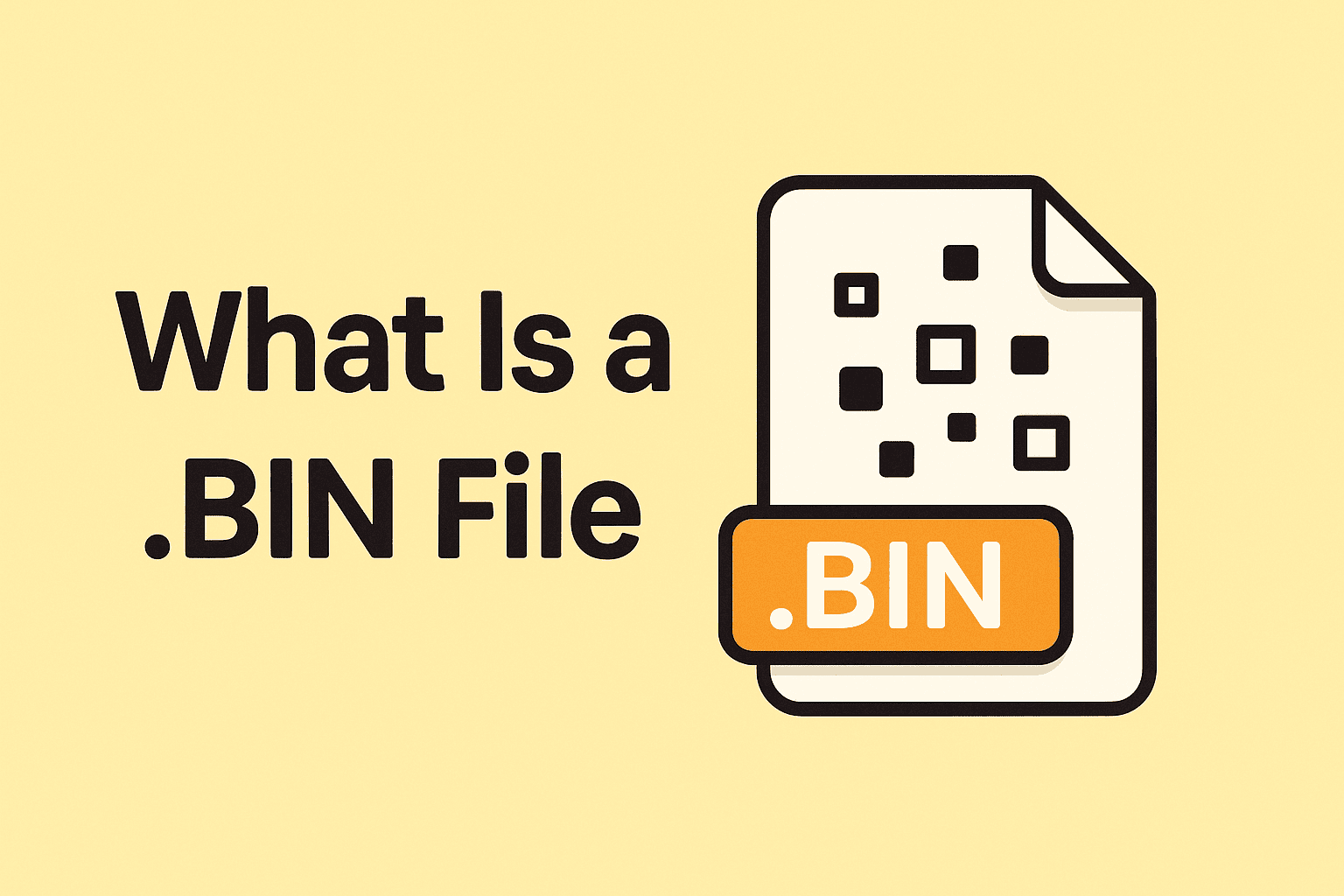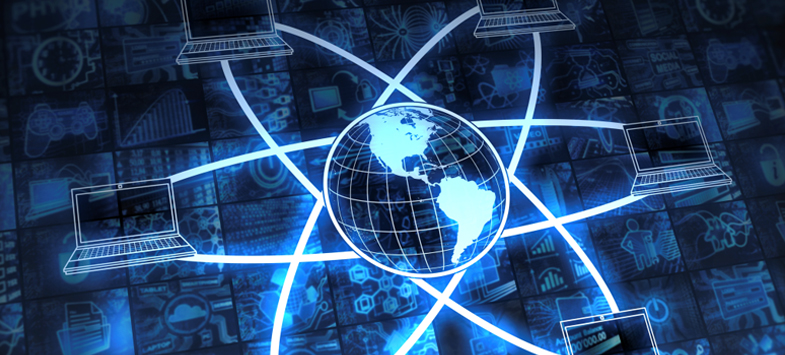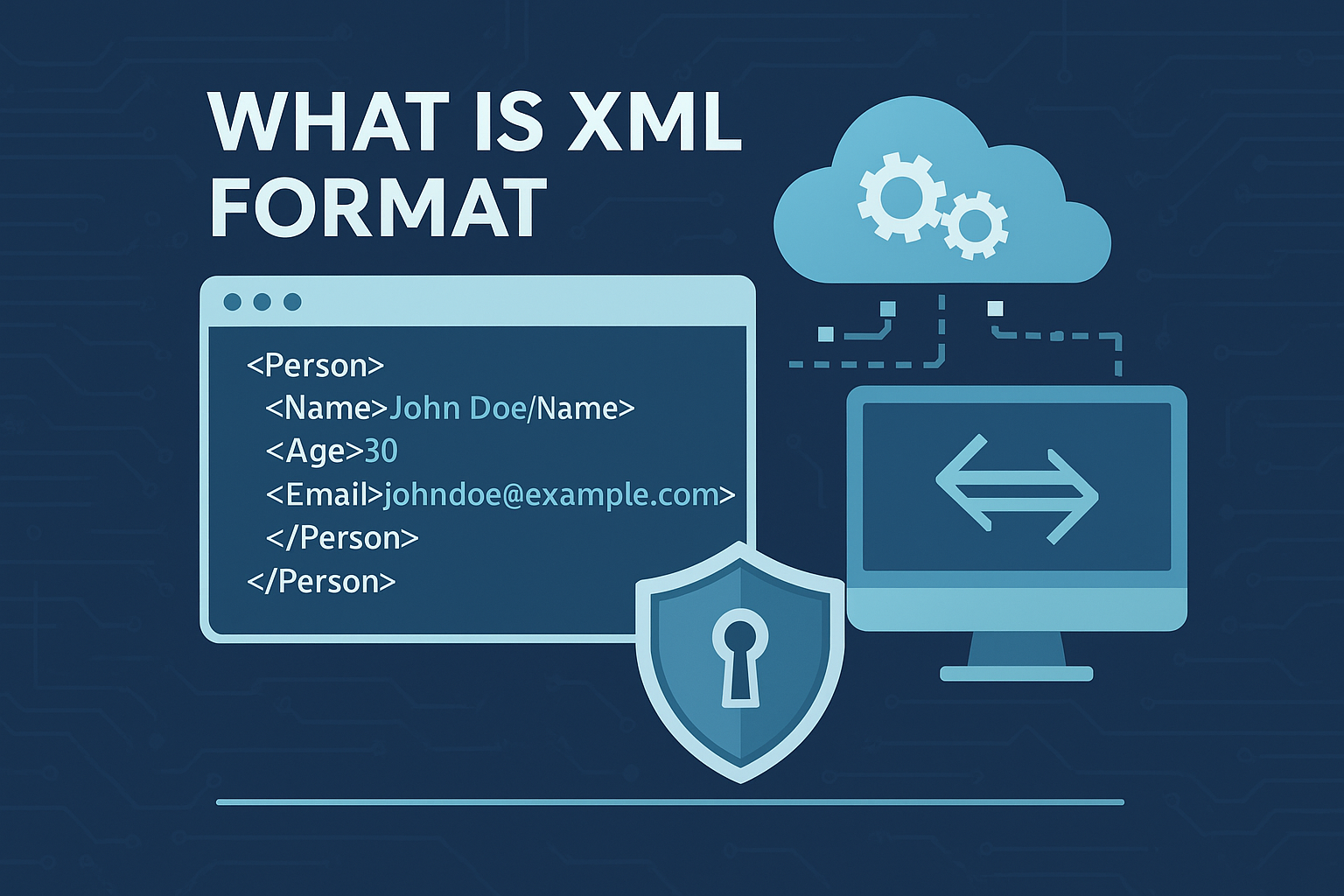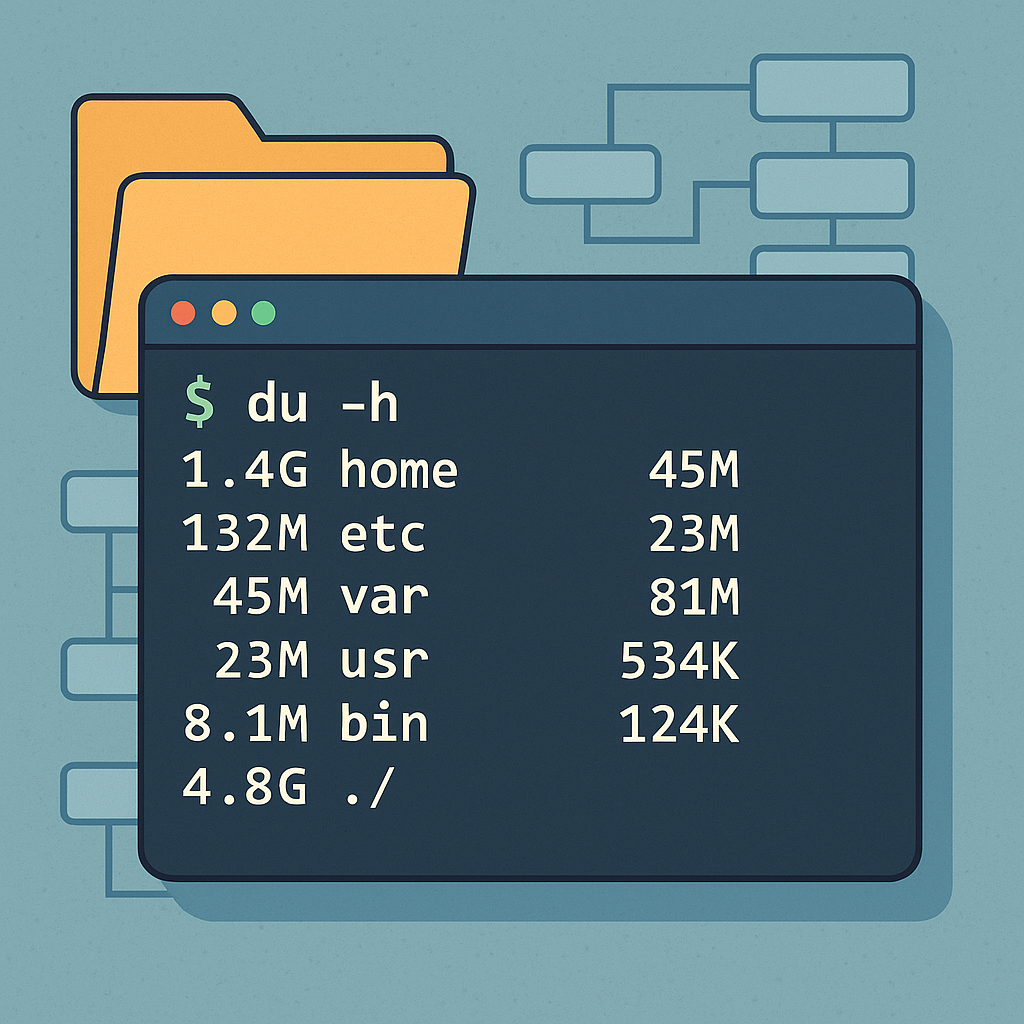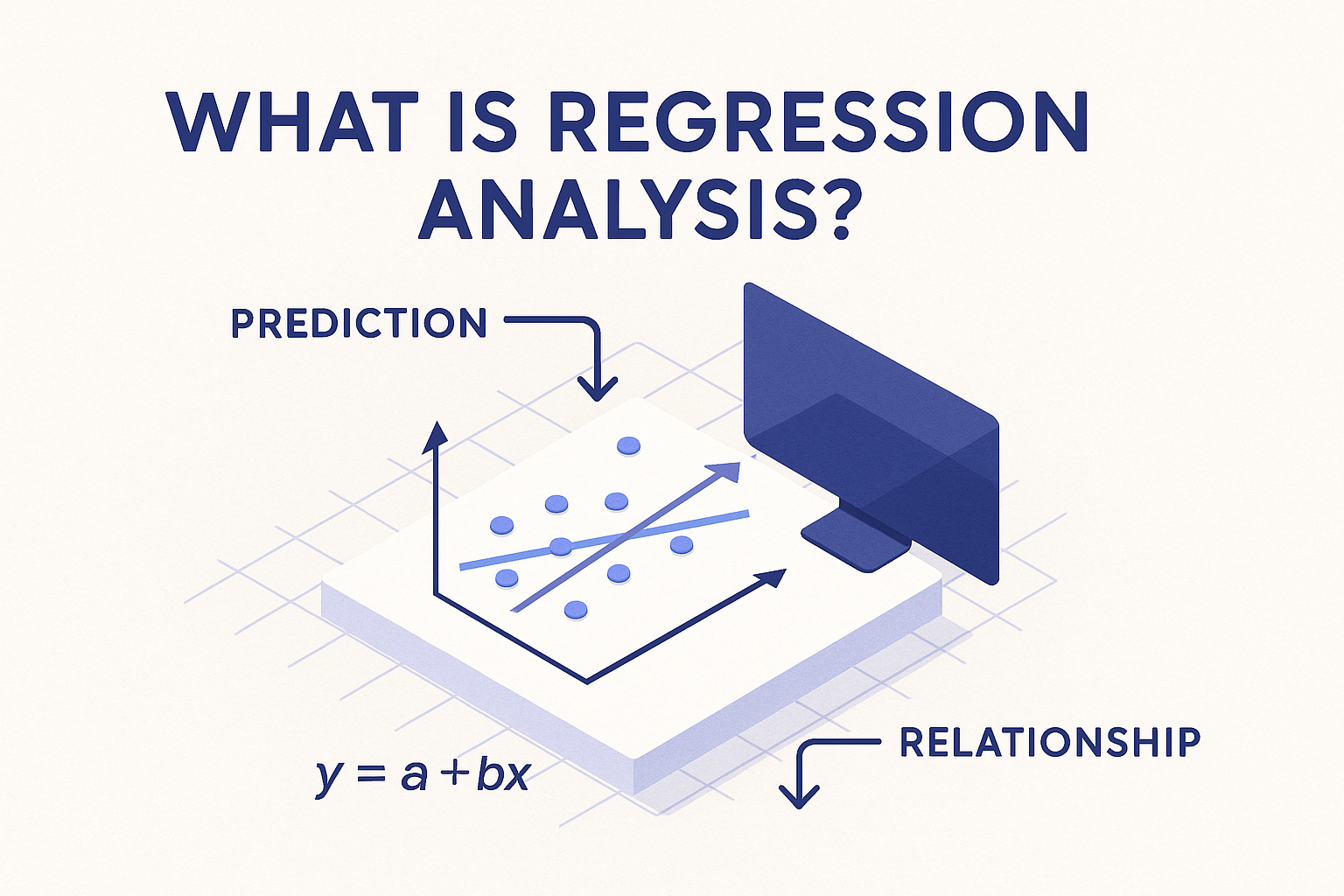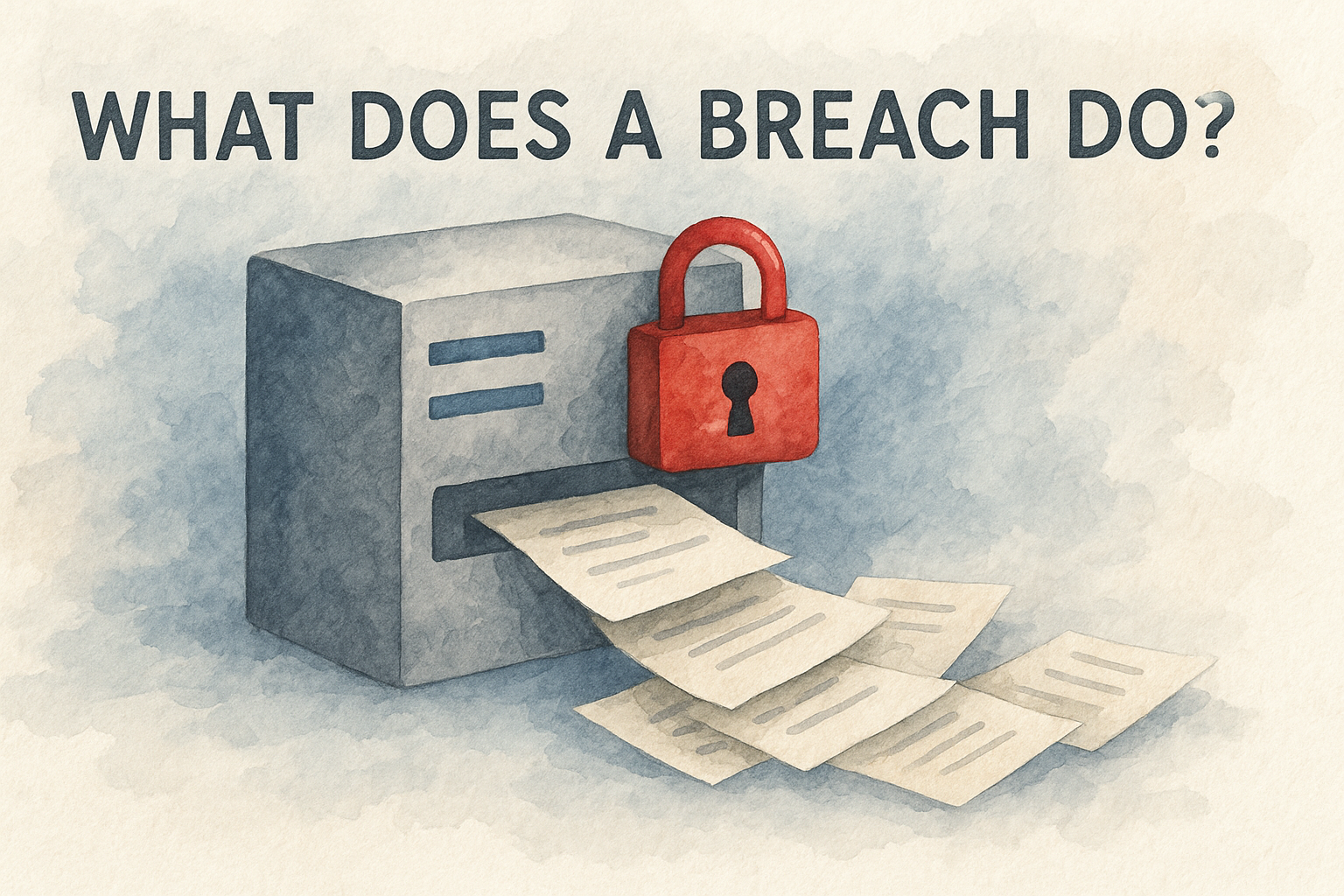What Is Ethernet? A Complete Guide for Modern Connectivity
Updated on June 20, 2025, by Xcitium
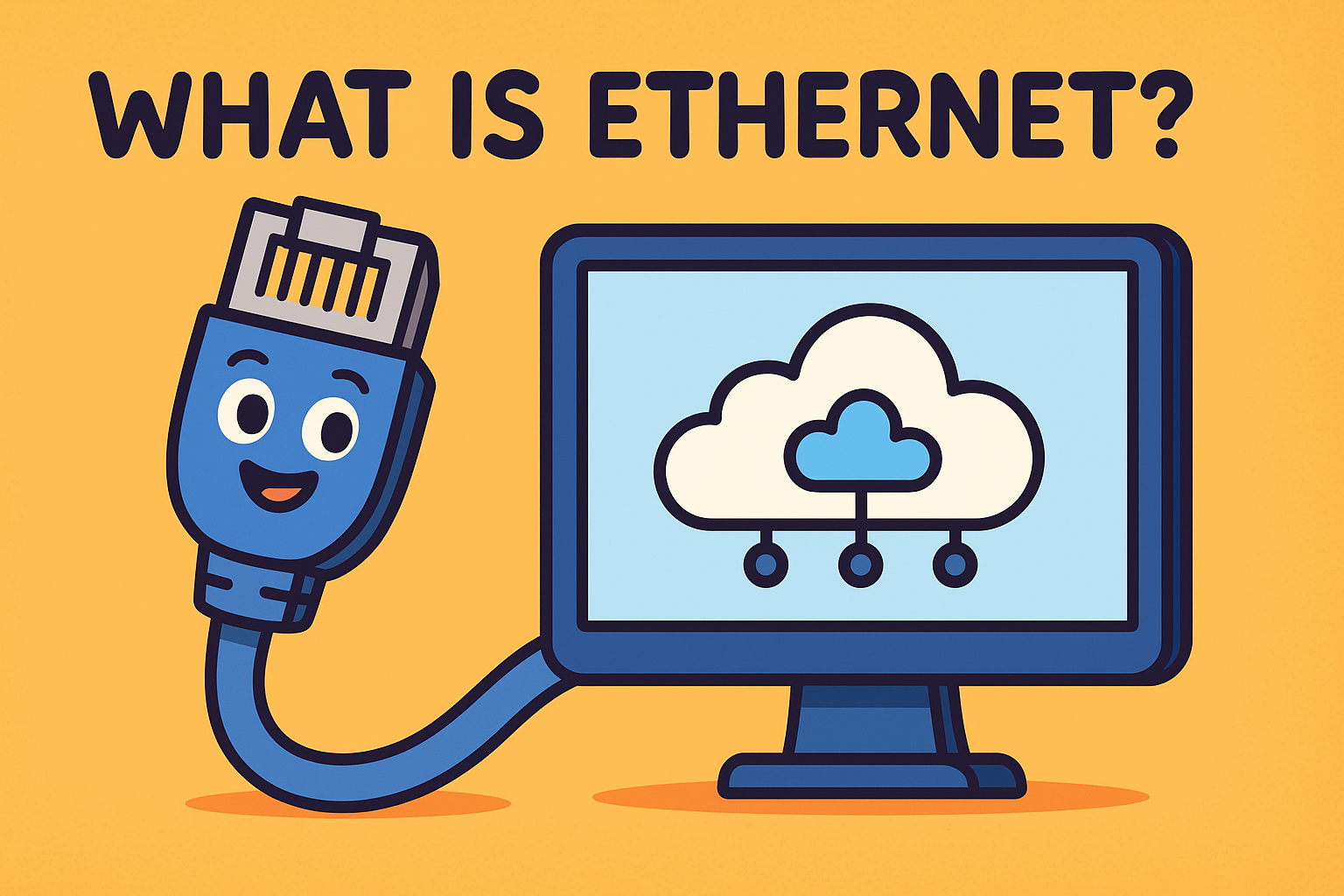
What is Ethernet, and why is it essential to modern networking? If you’ve ever plugged in a cable for faster internet or connected devices in an office, chances are you’ve used Ethernet. Despite the rise of wireless technology, Ethernet remains a cornerstone of reliable, secure, and high-speed data communication.
In this post, we’ll explore the fundamentals of Ethernet, its types, key components like Ethernet cables and switches, and how technologies like Energy Efficient Ethernet help optimize performance in professional environments.
What Is Ethernet?
Ethernet is a networking technology that allows devices to communicate over a local area network (LAN) using physical cables. It’s widely used in homes, offices, and data centers for its speed, stability, and low latency.
Simple Definition:
Ethernet is a method of connecting computers and devices in a wired network to share data and internet access.
Key Features:
- High data transfer rates
- Secure communication
- Stable and interference-resistant connections
Why Use Ethernet Instead of Wi-Fi?
While Wi-Fi offers convenience, Ethernet provides:
- Faster speeds (up to 100 Gbps or more)
- Lower latency (ideal for gaming or video conferencing)
- More reliable connections (less prone to interference)
- Greater security (harder to intercept data)
Types of Ethernet Cables
The most common component in an Ethernet setup is the cable. Let’s break down the Ethernet cable types:
1. Cat5e (Category 5 Enhanced)
- Up to 1 Gbps speed
- Suitable for home use
2. Cat6
- Up to 10 Gbps over short distances
- More shielding for less interference
3. Cat6a and Cat7
- Better for enterprise or heavy-data networks
- Higher frequencies and tighter performance specs
4. Cat8
- Supports up to 40 Gbps
- Used in data centers
Tools to Use:
- Ethernet cable tester: Verifies if your cables are functioning correctly
Core Components of Ethernet Networks
1. Ethernet Switch
- A device that connects multiple devices within a network and routes data efficiently
2. Ethernet Hub
- A simpler device that broadcasts data to all connected devices (now largely outdated)
3. Ethernet Cable
- The physical wiring that transmits data from one device to another
4. USB to Ethernet Adapter
- Allows devices without an Ethernet port (like some laptops or tablets) to connect to wired networks
Understanding Energy Efficient Ethernet (EEE)
Energy Efficient Ethernet (EEE) is a technology standard (IEEE 802.3az) that reduces power consumption when network traffic is low.
Benefits:
- Reduces operating costs
- Extends device lifespan
- Ideal for green IT environments
Ethernet for Cybersecurity and Enterprise Networks
Why IT Managers Still Rely on Ethernet:
- Segmentation: Helps isolate secure zones within a corporate network
- Firewall Integration: Easier enforcement of hardware-based security
- Monitoring: Network traffic can be logged more reliably
Use Cases:
- Secure communications in government and finance
- Industrial IoT networks
- Data backbone in hybrid cloud environments
Pros and Cons of Ethernet
✅ Pros:
- Fast and consistent speeds
- Greater security
- Excellent for high-volume data transfer
❌ Cons:
- Less mobility than wireless
- Requires physical cabling
- Initial setup may be complex in large facilities
Setting Up an Ethernet Network: Step-by-Step
- Determine cable type (Cat6 is a good general-purpose choice)
- Install Ethernet switch or router
- Run cables to each endpoint
- Test with an Ethernet cable tester
- Use adapters as needed for USB-only devices
FAQs About Ethernet
1. What is Ethernet used for?
It’s used to connect devices within a local area network for fast, secure data communication.
2. What’s the difference between Ethernet and Wi-Fi?
Ethernet is wired and more stable; Wi-Fi is wireless and more flexible.
3. Can I use Ethernet on my laptop without a port?
Yes, using a USB to Ethernet adapter.
4. What is an Ethernet switch vs. a hub?
A switch routes traffic intelligently; a hub sends data to all devices.
5. Is Energy Efficient Ethernet good for home use?
Yes, especially for reducing power usage in always-on devices.
Final Thoughts: Is Ethernet Still Worth It in 2025?
Absolutely. For IT professionals and businesses focused on security, reliability, and speed, Ethernet remains irreplaceable. With enhanced technologies like Energy Efficient Ethernet and better infrastructure support, Ethernet will continue to be the backbone of smart, scalable networks.
Ready to take your enterprise network performance and security to the next level? Request a demo from Xcitium today.



